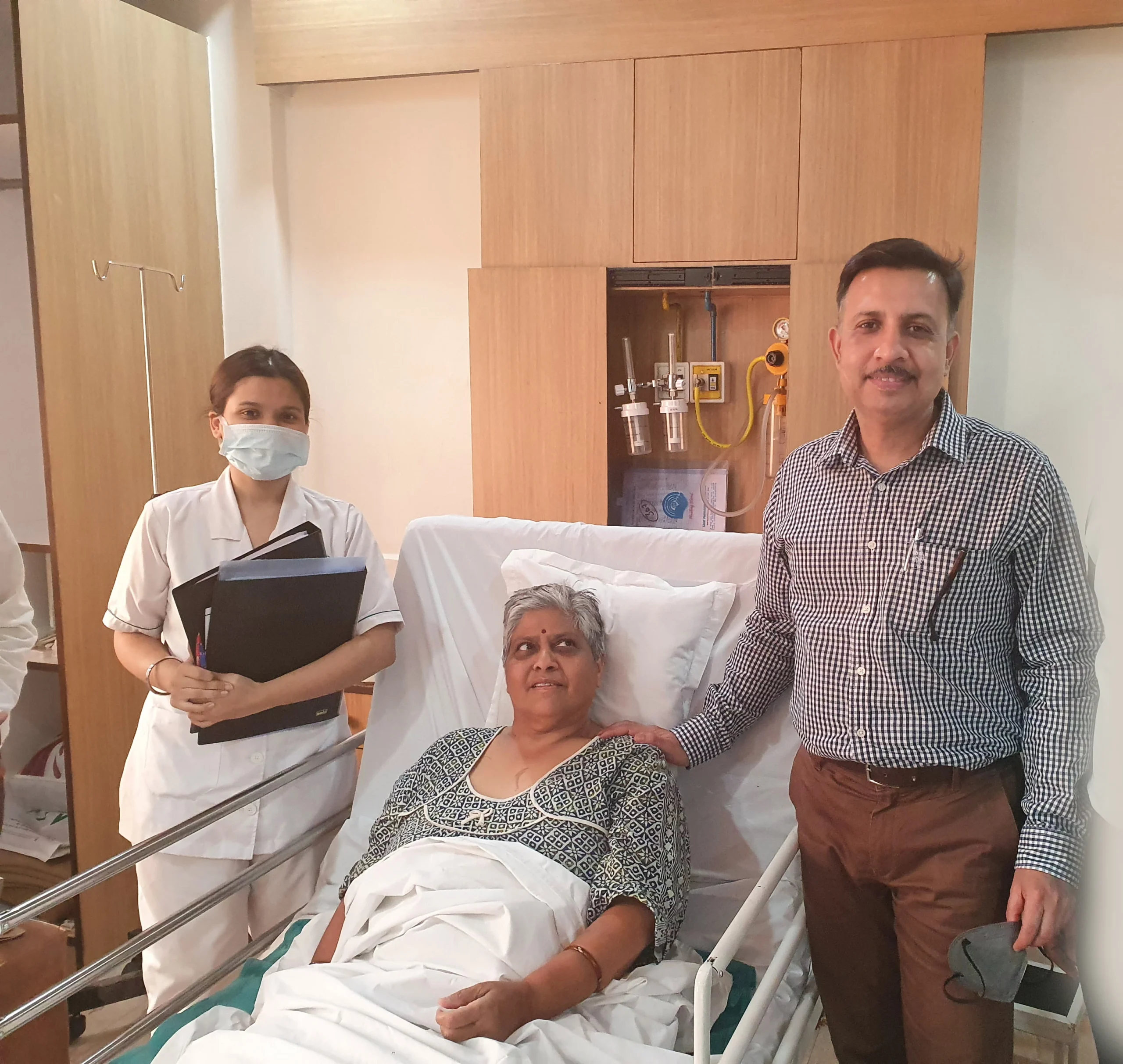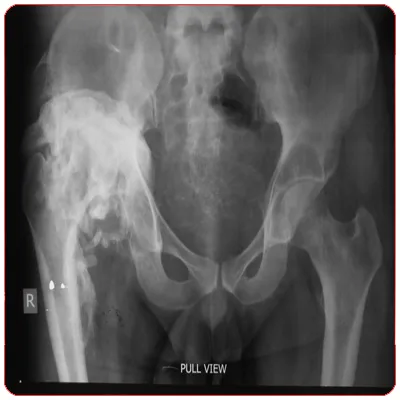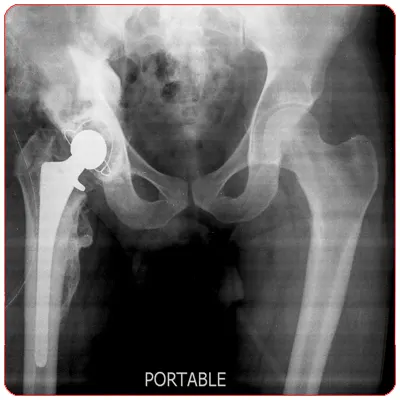
Finding the best hip replacement surgeon in Delhi is very important for achieving the best results, especially for complex procedures such as Revision Hip Replacement Surgery, Total Hip Replacement Surgery, Primary Hip Replacement Surgery and Partial Hip Replacement Surgery . At the Delhi Institute of Trauma & Orthopaedics (DITO) and Sant Parmanand Hospital, Dr. Shekhar Srivastav has more than 28 years of experience in orthopaedics, leading a dedicated joint replacement team and employing advanced robotic methods. He has conducted over 25,000 successful orthopedic surgeries, including complex joint replacements, achieving unmatched precision and patient results.
Patients frequently praise his approach, modern surgical skills, and guidance in minimally invasive methods, all working together to enable individuals to achieve a pain-free, active life.

If you’re seeking the best hip replacement surgery in Delhi, look no further than DITO’s state of the art facility or reach out to Sant Parmanand Hospital. They offer comprehensive procedures—Total, Partial, Primary, and Revision Hip Replacement Surgery—under one roof. Their success is grounded in evidence-based surgical planning, world-class infrastructure, and a multidisciplinary care team that ensures smooth pre-op to post-op transition.
For best hip replacement surgery in Delhi, DITO’s advanced facility is your premier choice. They provide complete services— Total, Partial, Primary, and Revision Hip Replacement Surgery —all in one location. Their achievements are based on evidence-backed surgical planning, top-tier infrastructure, and a collaborative care team that guarantees a seamless transition from pre-operative to post-operative care.

Pre-Operation

Post-Operation
Hip Replacement Surgery, in medical terms known as hip arthroplasty, involves completely removing an injured hip joint and substituting it with artificial parts. This could involve the femoral head, acetabulum (socket), or one of them. The goal is to reduce discomfort and restore mobility.
Hip arthritis shows inflammation and degeneration of the cartilage within the hip joint. As the cartilage breaks down, bones come into contact, resulting in pain, stiffness, and limited mobility. It significantly impacts daily tasks—walking, climbing stairs, and even resting can become difficult.
Common causes include:
Think about hip replacement if you experience:
A comprehensive guide by an orthopaedic surgeon—such as those at DITO or at Sant Parmanand Hospital, is crucial to determine if you qualify for Primary Hip Replacement Surgery, Partial Hip Replacement Surgery, or Revision Hip Replacement Surgery, depending on your condition.
Hip replacement offers:
Most of the patients start walking with help within 24–48 hours. Complete recovery and resumption of normal activities generally require 3–6 months, along with continued physiotherapy.
Advanced implants can endure for 20–30 years or more. Numerous surgeons think contemporary prostheses can endure for a lifetime.
Yes. Partial Hip Replacement is appropriate when only the femoral head is damaged, and the socket remains healthy. It is more minimal, allowing for quicker healing
Like any significant surgery, risks involve infection, blood clots, and nerve damage. Nevertheless, hip replacement ranks as one of the most successful orthopedic surgeries, ensuring high levels of patient satisfaction.
If you are experiencing active infections, unmanaged systemic diseases, or compromised bone quality, your surgeon might suggest conservative treatment or postpone surgery until conditions improve.
Organized physiotherapy—whether inpatient or outpatient—is essential. Rehabilitation usually begins right after surgery and lasts for months to restore walking patterns and muscle strength.
Hip replacement surgery costs in Delhi vary from INR 2–4 lakhs, influenced by the type of implant, the hospital, and the complexity of the procedure. Reach out Dr. Srivastav’s clinic for exact rates.
Total Hip Replacement Surgery, Primary Hip Replacement Surgery, Partial Hip Replacement Surgery, and Revision Hip Replacement Surgery are recognized and safe options for severe hip arthritis. Leading the way is Dr. Shekhar Srivastav and his team at Sant Parmanand Hospital offer tailored minimally invasive and robotic-assisted treatments. Through evidence-based treatment, top-tier facilities, and a patient-centered approach, they achieve transformative outcomes—helping Delhi residents regain mobility, independence, and happiness.
For expert care or a consultation, visit kneeReplacementDelhi.com, or call +91-9971192233
